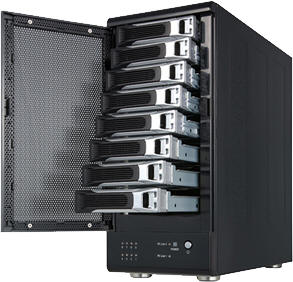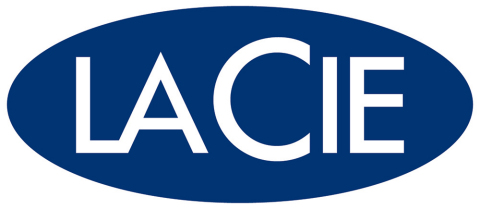RAID Data Recovery
RAID data recovery

RAID data recovery
Using advanced engineering techniques, we can perform RAID data recovery from large capacity, enterprise grade storage devices such as RAID arrays, network attached storage (NAS) devices and storage area network (SAN) devices. These devices typically contain critical business data for companies that cannot afford to have their systems down for any length of time. Our expedited data recovery services allow businesses to be back up in running in no time after a data loss event.
Although RAID systems are typically implemented for data security reasons, no system is 100% secure. For example, if a virus attacks a RAID system with redundancy, it attacks all copies of the data rendering the entire system useless. At PCS, RAID data recovery is done by recovering data from individual failed disks and then reassembling it based on the type of RAID system.
NAS
Network Attached Storage devices usually are made up of a RAID0, RAID1 (Mirroring), or RAID 5 array with a Linux operating system.
NAS devices are usually only connected to via Ethernet network. If you can't connect to your drive or you see a red or yellow light on, immediately power off the device and call us and we'll guide you through the process to bring it in for evaluation.
VMFS (Virtual Machines)
It's easy to see the value of virtual machines from a business network standpoint. However, due to their complicated nature, data loss from virtual environments is fairly common and can make recovery complicated. PCS's programmers have developed groundbreaking methods to recover data from virtualized environments, including VMware, Citrix, Parallels, VirtualBox and Hyper-V.
Contact
2437 BERG RD., SUITE H, BUFFALO, NY 14218
(716) 539-9555
[email protected]






